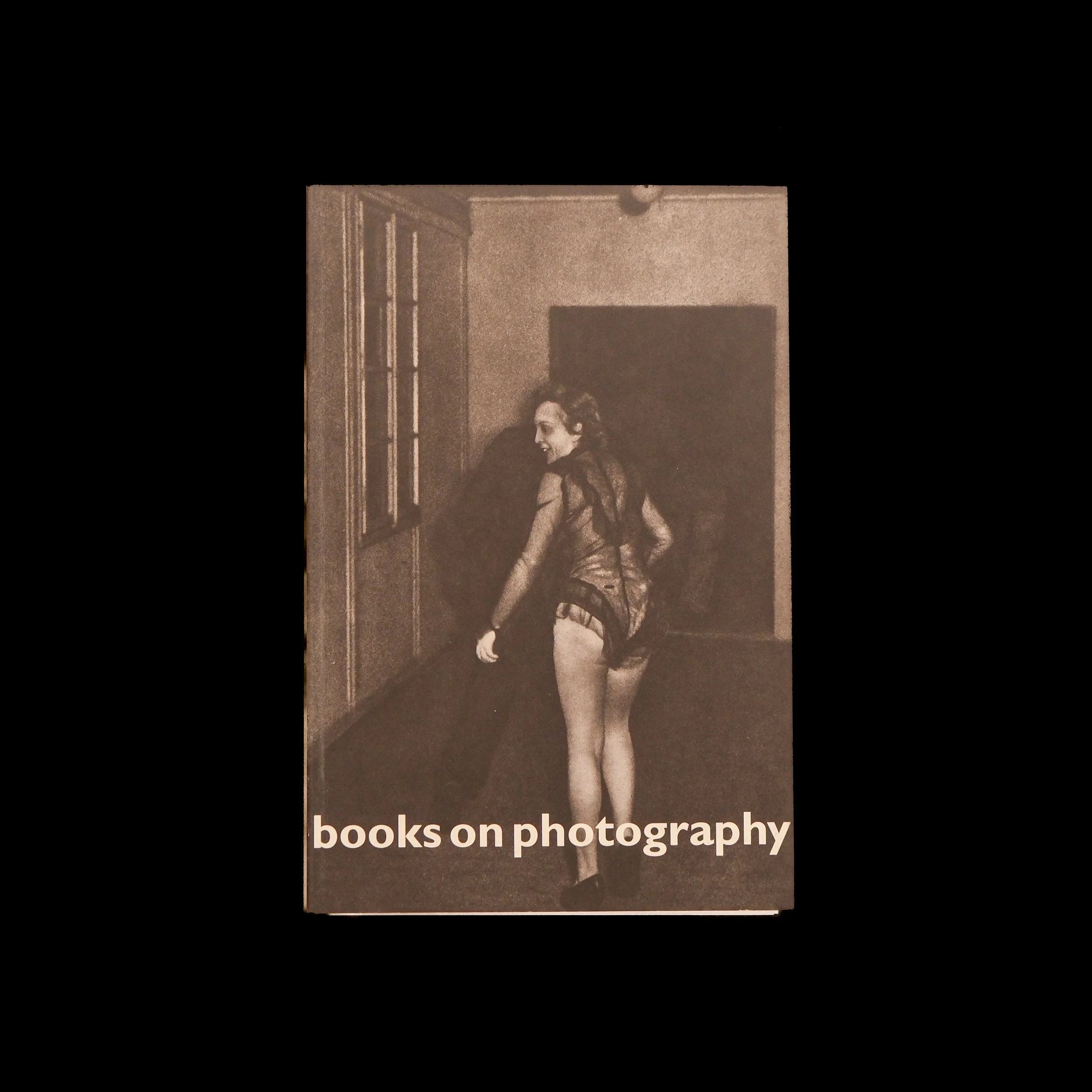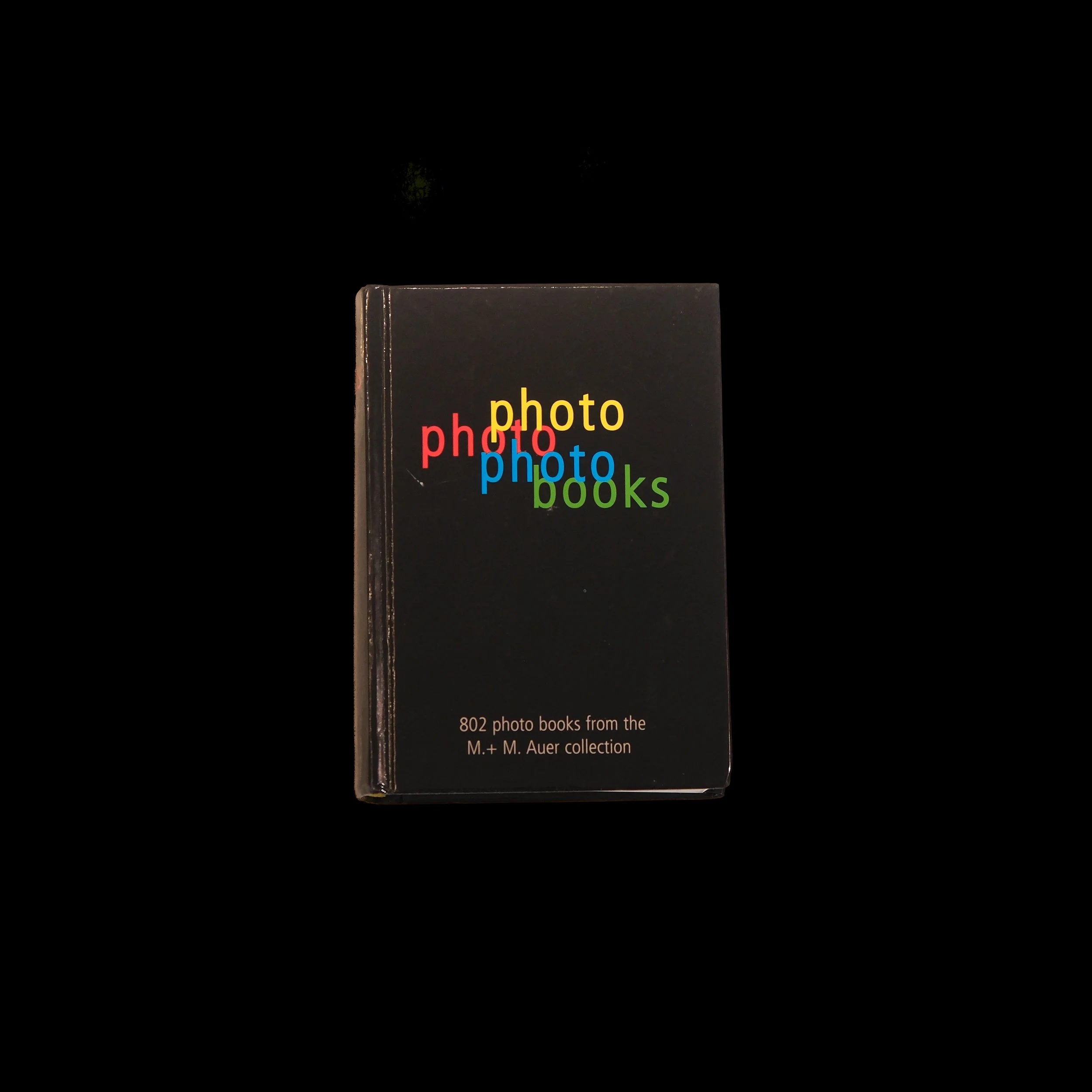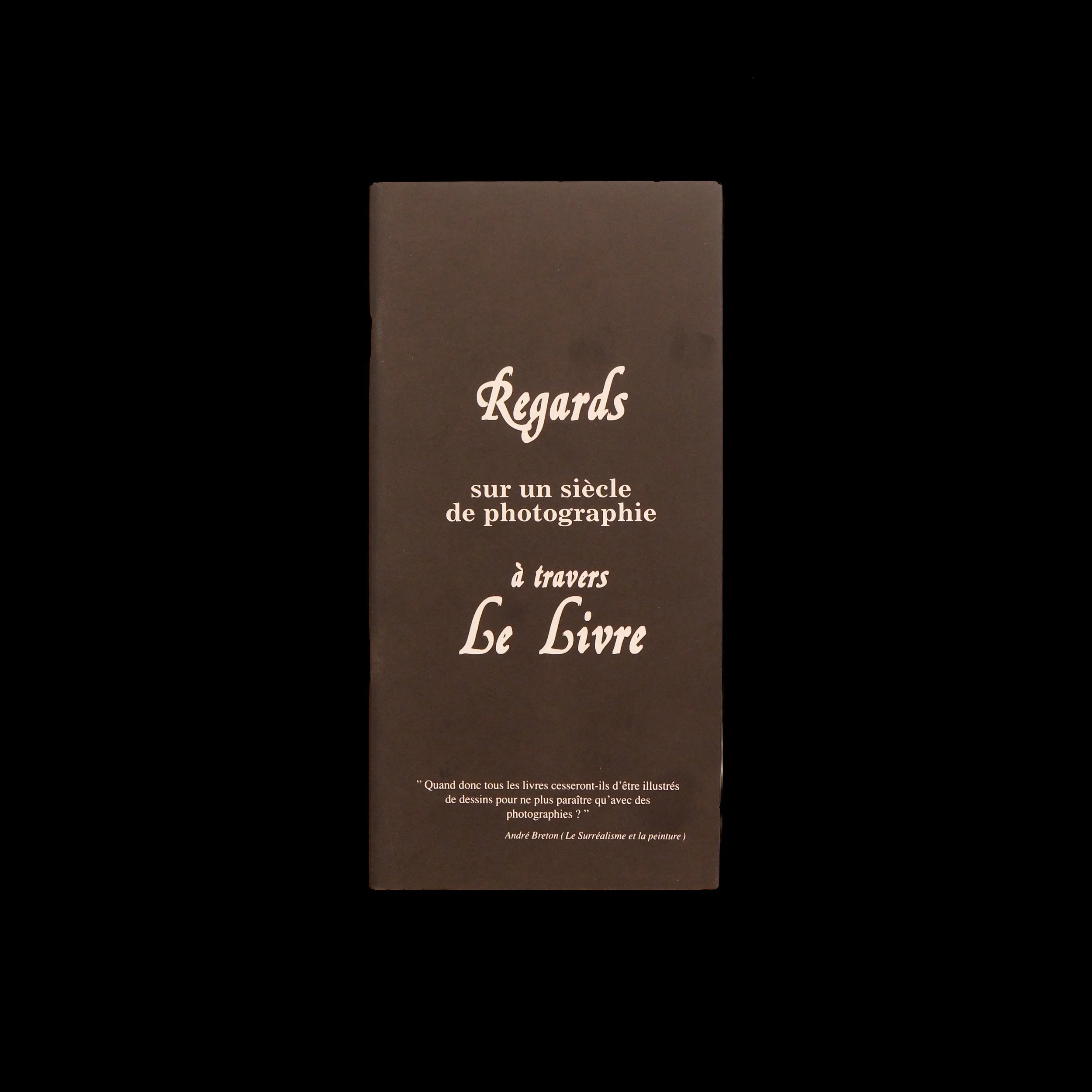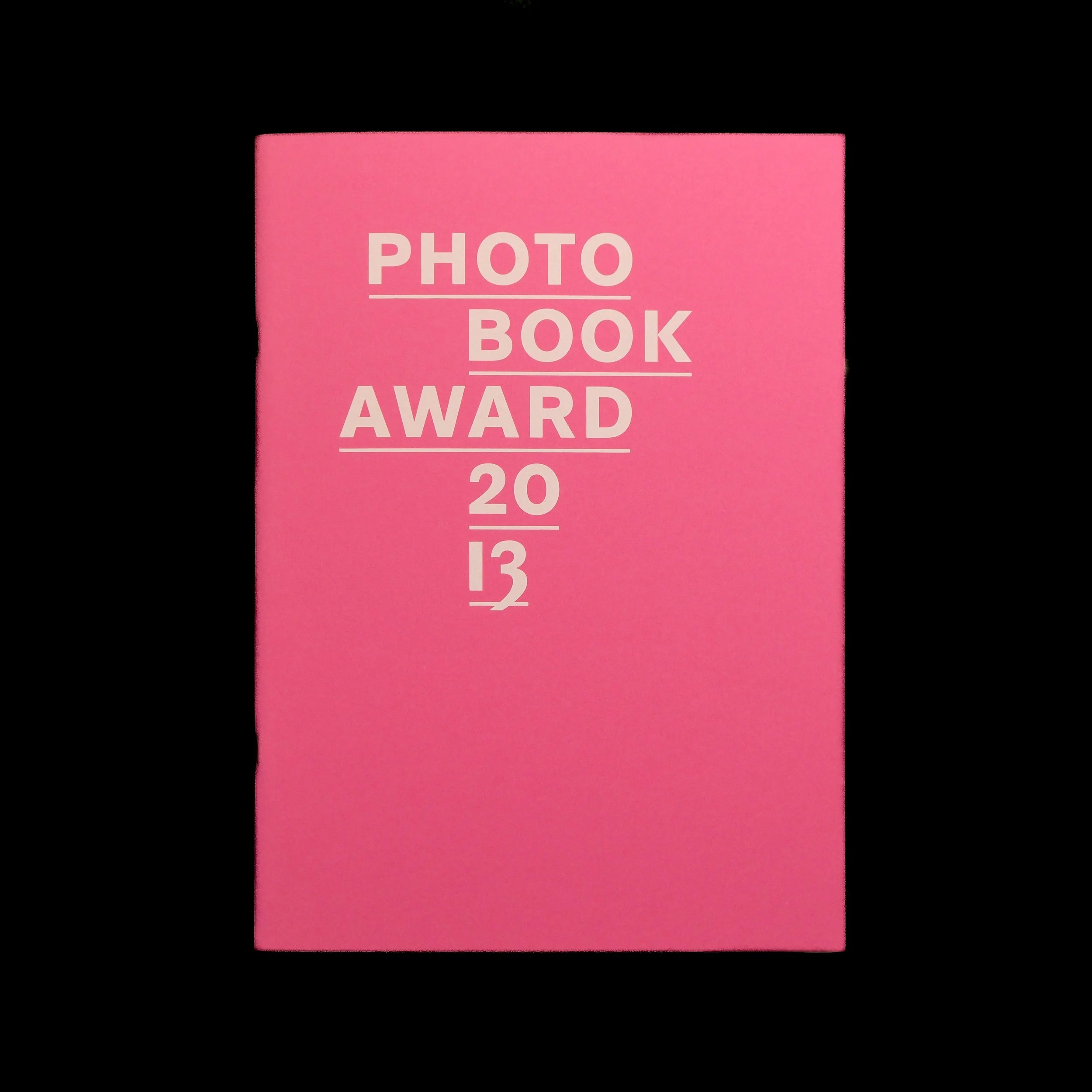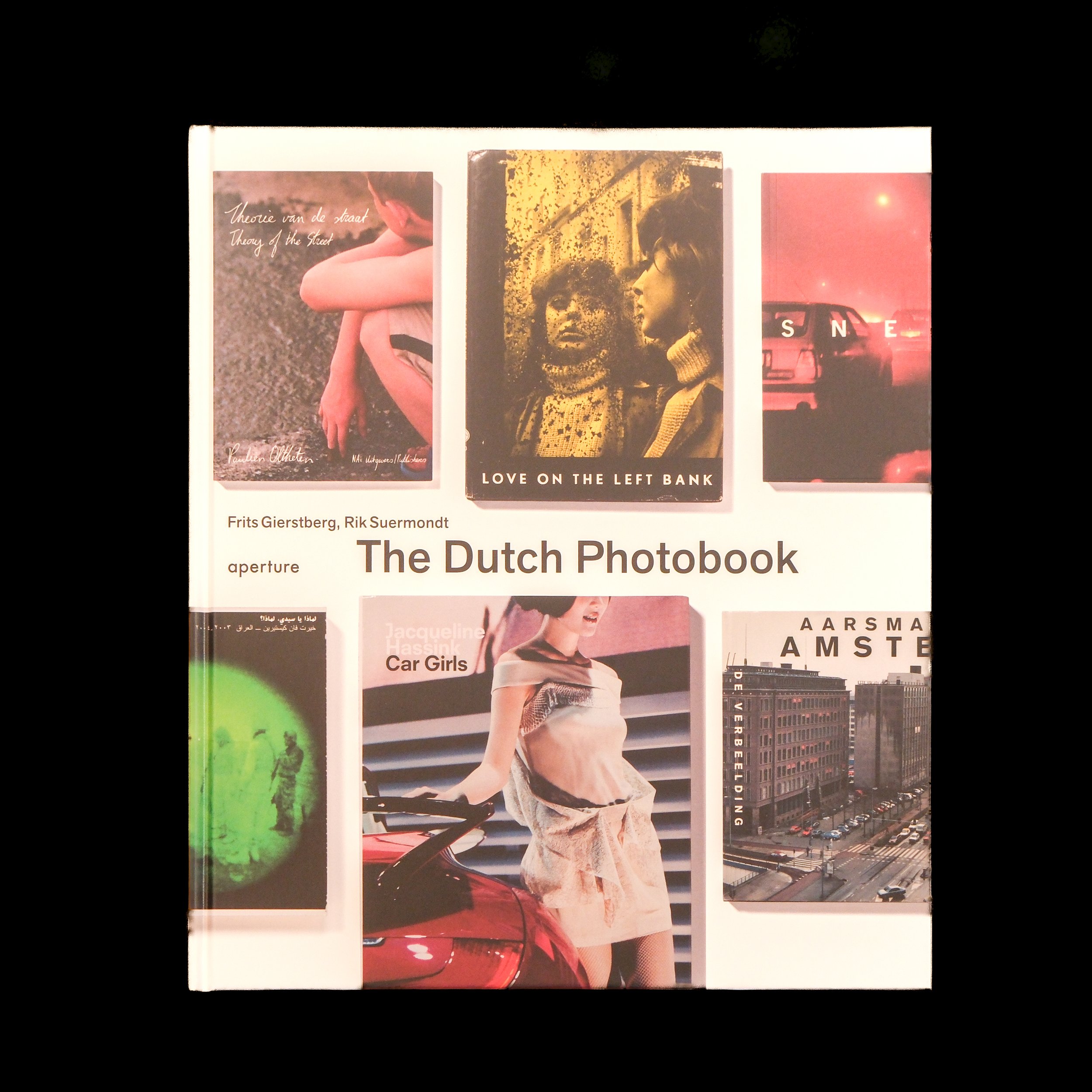 Image 1 of 1
Image 1 of 1


THE DUTCH PHOTOBOOK - Frits Gierstberg, Rik Suermondt
The Dutch photo book is celebrated the world over for its particularly close collaboration between photographer, printer and designer. The current boom in Dutch photobook publishing stems from a tradition of excellence dating back to the Second World War, but the post-war years ushered in a period of particularly close collaboration between photographers and designers, producing such unique photobooks as Ed van der Elsken's "Love on the Left Bank" (1956) and Koen Wessing's "Chili, September 1973" (1973). Innovations such as the photonovel and the corporate photobook emerged in the 1950s and 1960s; later, other genres emerged to characterize the Dutch publishing landscape, including conceptual and documentary photobooks, books on youth culture, photobooks on urbanism, photobooks on landscapes and travel journals. Examining each of these genres through six thematic chapters, "The Dutch Photobook" presents selections from over 100 historical, contemporary and self-published photobook projects. It includes such landmark publications as Hans Aarsman's "Hollandse taferelen" (1989), Jacqueline Hassink's "The Table of Power" (1996), Geert van Kesteren's "Why Mister Why" (2006) and Wassink Lundgren's "Empty Bottles" (2007). Dutch photo historians Frits Gierstberg and Rik Suermondt have written several essays on the history of the genre, collaborative efforts between photographers and designers, and their inspirations and influences, complementing the high-quality reproductions of photo books throughout the book. Award-winning designer Joost Grootens presents unique charts and diagrams that consolidate all these elements, in a visually unique map of the Dutch photobook.
Published by Aperture Foundation, 2012
240 pages
29 x 24.5 cm
ISBN: 9781597112000
The Dutch photo book is celebrated the world over for its particularly close collaboration between photographer, printer and designer. The current boom in Dutch photobook publishing stems from a tradition of excellence dating back to the Second World War, but the post-war years ushered in a period of particularly close collaboration between photographers and designers, producing such unique photobooks as Ed van der Elsken's "Love on the Left Bank" (1956) and Koen Wessing's "Chili, September 1973" (1973). Innovations such as the photonovel and the corporate photobook emerged in the 1950s and 1960s; later, other genres emerged to characterize the Dutch publishing landscape, including conceptual and documentary photobooks, books on youth culture, photobooks on urbanism, photobooks on landscapes and travel journals. Examining each of these genres through six thematic chapters, "The Dutch Photobook" presents selections from over 100 historical, contemporary and self-published photobook projects. It includes such landmark publications as Hans Aarsman's "Hollandse taferelen" (1989), Jacqueline Hassink's "The Table of Power" (1996), Geert van Kesteren's "Why Mister Why" (2006) and Wassink Lundgren's "Empty Bottles" (2007). Dutch photo historians Frits Gierstberg and Rik Suermondt have written several essays on the history of the genre, collaborative efforts between photographers and designers, and their inspirations and influences, complementing the high-quality reproductions of photo books throughout the book. Award-winning designer Joost Grootens presents unique charts and diagrams that consolidate all these elements, in a visually unique map of the Dutch photobook.
Published by Aperture Foundation, 2012
240 pages
29 x 24.5 cm
ISBN: 9781597112000


